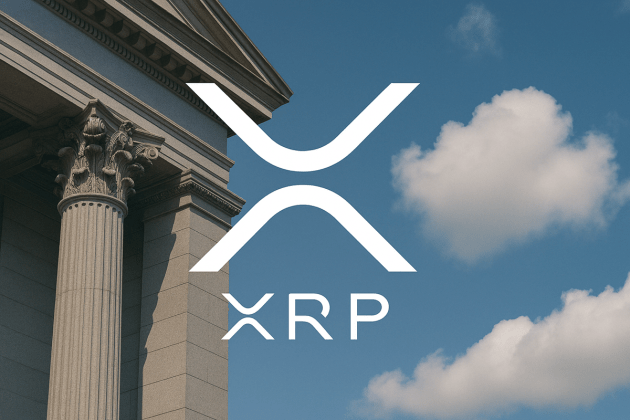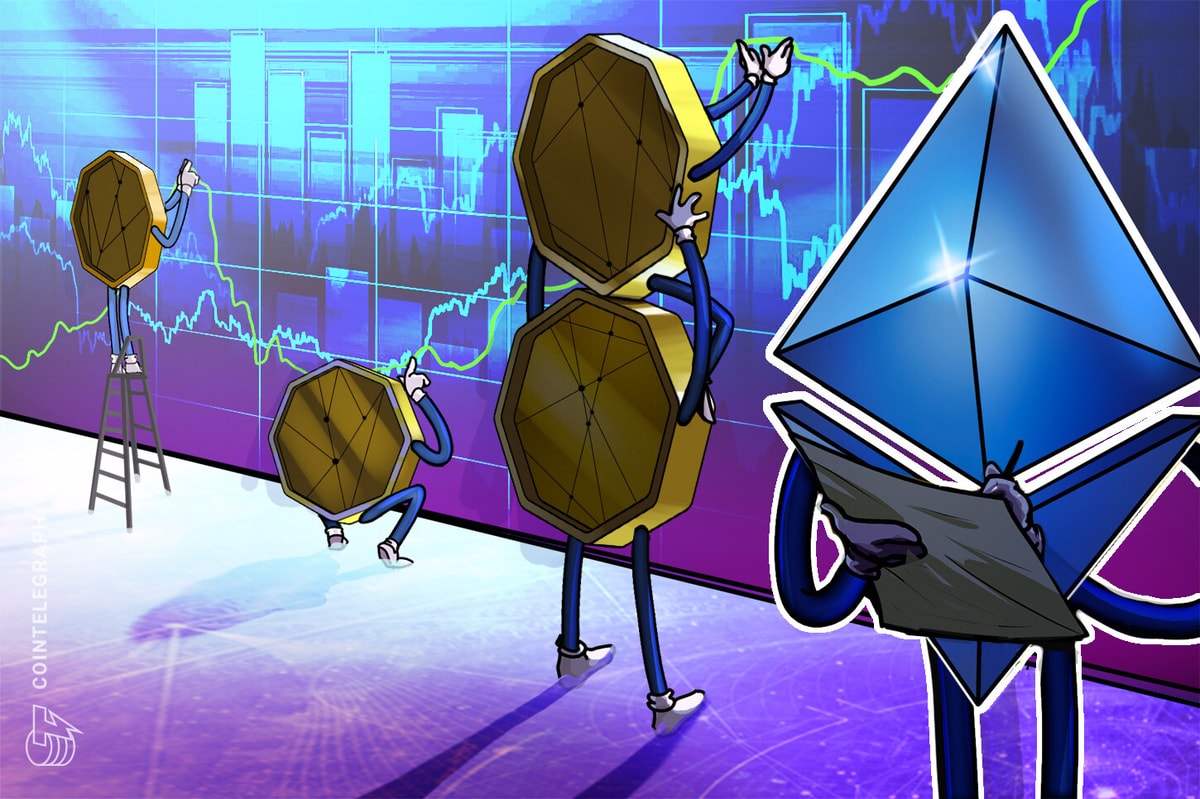As the meteoric growth of AI and cloud computing takes an unspoken toll on the environment, blockchain-based distributed networks like CUDOS can create a sustainable future for AI.
In the past, Bitcoin (BTC) was targeted because of its high electricity usage and its consequent environmental impact. It took the combined effort of the mining industry and Bitcoin advocates to kick off numerous renewable energy initiatives, which resulted in the share of “green energy” in the Bitcoin mining industry growing to over 58%.
As Bitcoin carved a sustainable path into the future for itself, another technology started causing qualms in parallel with its explosive growth — artificial intelligence (AI). Sure, it’s fun to ask trading advice from ChatGPT or order a funny portrait of a president on Midjourney, but AI relies on countless power-hungry processors working in the background to deliver billions of user-generated prompts in seconds.
As both businesses and everyday users adopt AI, it’s easy to see that the environmental toll of AI use will only escalate from here. An MIT Technology Review report estimated that training just one average AI model emits the carbon dioxide equivalent of the lifetime emissions of five American cars, from manufacturing to scrapyard.

AI needs sustainability
Generative AI tools like ChatGPT use computer chips called GPUs to handle calculations. For each question asked to GPT, some GPUs in a data center somewhere in the world are working extra hard to produce the answer, requiring more electricity as well as water to keep it cool and running. GPT-3, the older model, is calculated to use up to 500ml of water to generate answers to every 20 questions.
The hype surrounding AI triggers an overload for cloud computing as well. Along with AI, cloud computing providers host websites, infrastructure for apps, databases and high-performance computing for other compute-intensive tasks such as video rendering for the film industry. The global cloud computing infrastructure is already using more energy than that of entire countries, and it exceeded the carbon footprint of the pre-COVID air travel industry.
How blockchain improves AI
A new approach is needed to mitigate the negative environmental impact of AI and cloud computing while preserving innovation, with blockchain emerging as a potential solution.
Bitcoin mining, a relatively young industry, currently relies on renewable energy sources for nearly 60% to power the network. The second most significant cost of AI computing, after the hardware itself, is energy. Mining operations that can tap into renewable or otherwise untapped energy sources are now starting to adapt their business strategies to accommodate the energy needs of AI.
Bringing these green energy providers together to create a globally distributed supercloud powered by clean energy has significant environmental and cost-saving benefits for consumers. Using blockchain technology, revenue distribution to these providers can be streamlined within the distributed cloud network. In addition, blockchain has the potential to introduce a transparent and automated mechanism for managing and allocating carbon credits, accelerating the expansion of renewable energy infrastructure to meet growing demand from homes and businesses.

CUDOS, a decentralized blockchain-based network, aims to accelerate the use of distributed cloud computing resources in Web3 and AI ecosystems. It provides sustainable and highly scalable distributed cloud computing resources for decentralized applications (DApps) and AI, addressing the need for a sustainable solution to scale GPU-reliant technologies.
In distributed cloud computing, the workload of the infrastructure is distributed (hence the name) between multiple cloud environments spanning various locations instead of relying on a centralized provider. Each physical location that provides computing resources to the network, which can range from an internet-connected gaming console to a whole data center, is called a node.
Sustainable AI scaling
CUDOS utilizes blockchain to aggregate the cloud computing resources from data centers that are powered 100% by renewable energy. Distributing AI workload across numerous data centers allows eco-friendly scaling for AI and other power-hungry web applications. It also significantly reduces expenses as CUDOS combines distributed cloud computing with innovative solutions like leveraging idle compute resources from within the network as well as reusing the excess heat generated in data centers.
“Following the explosion in AI sparked by the success of ChatGPT, the race is on, and AI adoption is real in every industry,” said Matt Hawkins, CEO of CUDOS. “However, we face challenges such as limited AI processing power, massive energy demands and limited access for Web3 natives.” He then added:
“In 2017, we founded CUDO to address these issues and pave the way for a sustainable and scalable cloud model that doesn’t harm our planet. With the launch of CUDOS Blockchain Compute, we aim to tackle these challenges if the timing is right.”
Using computing resources from different locations across the globe enables flexibility for AI and other Web3 apps when it comes to compliance requirements and data sovereignty concerns. Service performance is automatically increased when CUDOS helps pick resources close to users.
Unlike centralized data infrastructures, where security breaches can cause network-wide shutdowns, distributed cloud computing minimizes single points of failure. Any potential attacks or security breaches on a specific node are isolated from the rest of the network, resulting in increased security by design.
CUDOS also aggregates local and regional service providers in low-cost energy areas worldwide to offer a broader choice of computing options at more affordable prices across a global network.

AI is poised to become one of the biggest tech trends ever, and the industry needs to start on the right foot. Even during its infancy, AI is thirsty, always asking for more juice. As it gets more complex, traditional means of cloud computing will not be able to keep up with the overwhelming energy needs of AI, both in terms of sustainability and feasibility. Distributed cloud computing and blockchain-powered aggregation can minimize the environmental toll by efficiently utilizing computing resources.
Disclaimer. Cointelegraph does not endorse any content or product on this page. While we aim at providing you with all important information that we could obtain in this sponsored article, readers should do their own research before taking any actions related to the company and carry full responsibility for their decisions, nor can this article be considered as investment advice.












